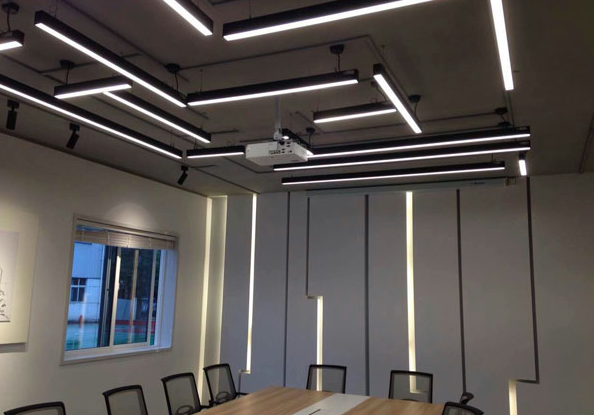We know from the previous analysis of the diffusion plate that it has many series of products, such as: light diffusing plate, LED Diffuser Plate, Prismatic Acrylic Diffuser Sheet, etc., then some basic analysis has been done for each diffusing plate, of course, for them. The application has also been well understood, but there are not many applications for the diffusion plate, so let's analyze the application of the diffusion plate in liquid crystal display.
First, analyze the reason why the diffuser can be applied to the liquid crystal display. In fact, this is mainly due to its advantages, as follows:
1. Heat resistance;
2, flame resistance;
3. The light transmittance is good;
4, good shielding;
5, durable use;
6, good stability;
Of course, the reason why the diffusion plate can be applied in the liquid crystal display is due to its related advantages, then the application of the diffusion plate in the liquid crystal display is generally embodied in the direct-type backlight system used by it, mainly to make its light diffusion effect To achieve an optimal state, the effect is reflected in the following:
1, Light source diffusibility: suitable for direct-lit backlight module, with high brightness and high diffusivity, which can improve the uniform diffusion effect of the backlight.
2, light transmittance: excellent light transmission rate produces its high brightness;
3, dimensional stability: the smallest water absorption rate, can maintain good dimensional stability in humid environment, and can be used normally in the temperature range of -40 ° C ~ 125 ° C;
4, antistatic: has a good surface antistatic properties, to prevent dust adsorption.

评论
发表评论